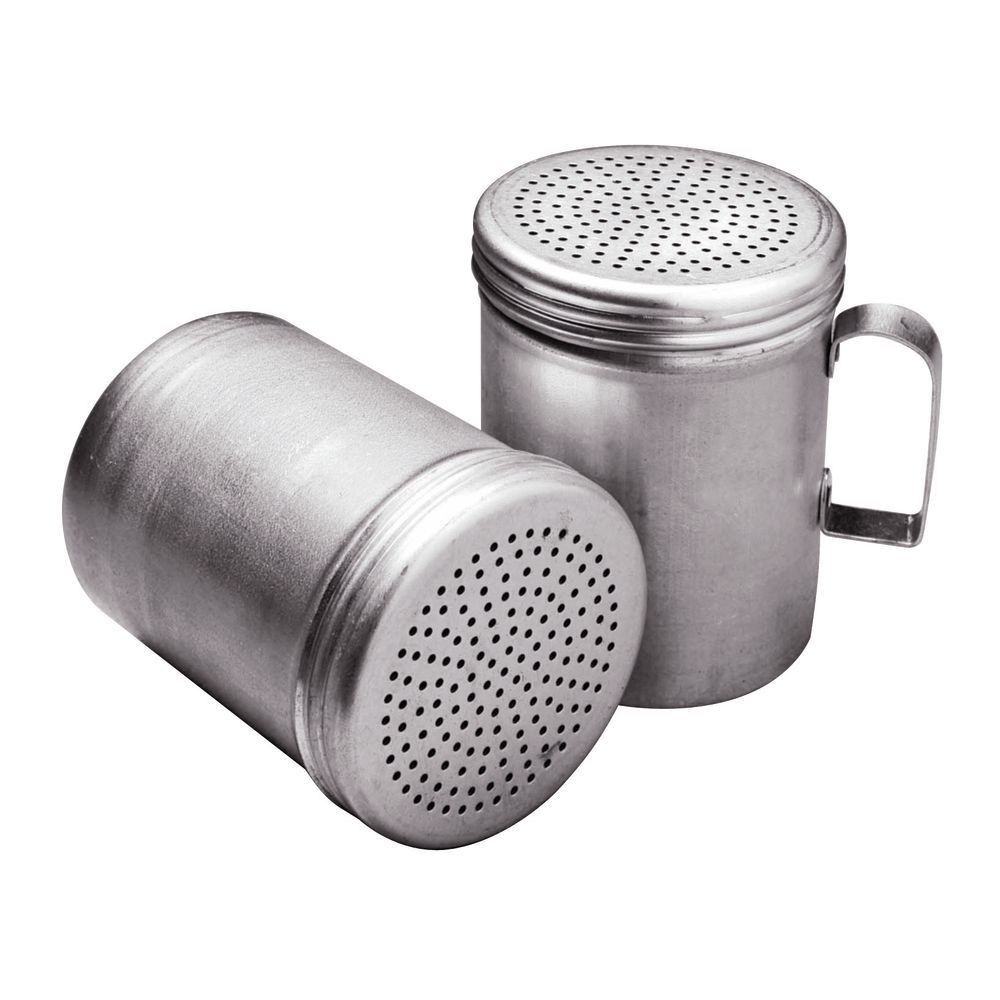
In order to combat this in regular salt shakers people often use rice, which is strange and icky and barely actually works. Unless you are using a completely air and moisture tight container, which you may be, small salt particles attract moisture from the air and stick together. When it comes down to it, it’s all about how picky you want to be with it. When you are dissolving it in a liquid, it really makes little difference which type you use. It’s a good way of finishing a dish when the salt is going to be lightly dusted on top or mixed with an oil where it will not dissolve at all. Also with a much finer texture, you are left with many more particles in a wider area, meaning, a saltier taste with less salt.

Ground salt is more like shards of glass, so nearly half of the exposed area could be in contact making things taste that much more salty. Sea salt, with a more rectangular shape is closer to 1/4th the surface area touching your tongue. Place one cube on your tongue and you get 1/6th of the surface area in contact, meaning, a lot of salt without much saltiness. Standard table salt is a compact little cube, effective when it’s to be dissolved in a liquid, but not so much when it comes to direct contact with the taste buds. The picture illustrates my suspicions, which is the difference is the surface area (ignoring of course mineral content and different types of grinding salt).

The pictures shown below were taken by me and are all proportional (the camera was the same distance away from each type of salt, so you are getting an accurate size comparison). Trying to get to the bottom of the issue, I decided to take a few pictures of a few different types of salt.


 0 kommentar(er)
0 kommentar(er)
